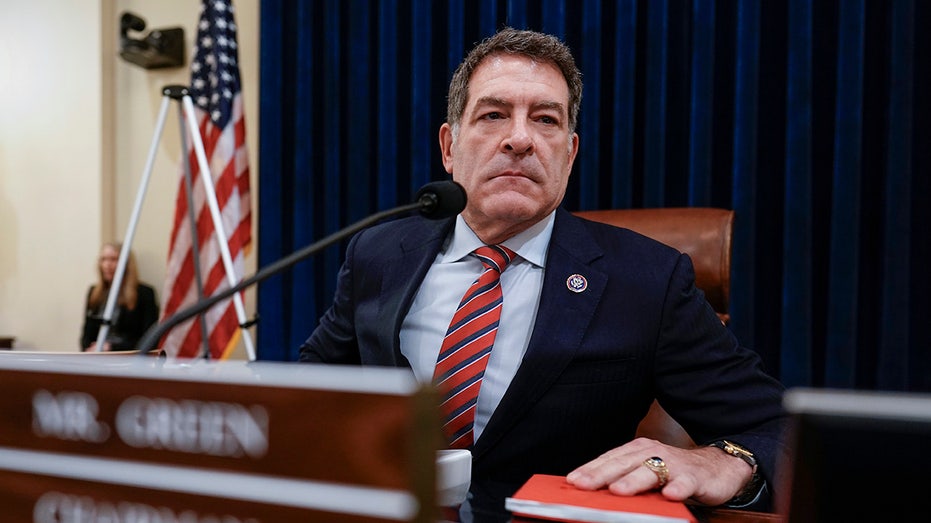2025 China-Central Asia Summit Promises Enhanced Economic Opportunities and Regional Development
China and Central Asia gear up for a new era of economic cooperation ahead of the June 2025 summit, highlighting ongoing infrastructure projects and deepening trade ties.


As anticipation builds for the second China-Central Asia Summit in June 2025, signs point to a significant deepening of economic cooperation and connectivity across the region. In recent years, major infrastructure projects and robust trade partnerships have begun transforming the historic Silk Road corridor into a modern economic powerhouse, driven by a shared vision of prosperity between China and the five Central Asian nations.
Deepening ties and cooperation
In December 2024, representatives from China, Kazakhstan, Kyrgyzstan, Tajikistan, Turkmenistan, and Uzbekistan convened in Chengdu for the fifth China-Central Asia Foreign Ministers' Meeting, reaffirming their dedication to expanding collaboration in trade, investment, and regional connectivity under the Belt and Road Initiative (BRI). As a concrete step towards this goal, the foreign ministers inaugurated the "Tianfu" cross-border road transport line, a pivotal logistics route that connects Sichuan Province directly to key markets in Central Asia.
The newly launched Tianfu route saw ten trucks loaded with new energy equipment and specialty products departing from Chengdu Tianfu New Area, embarking on a journey through several Chinese provinces before heading west. This direct link cuts transit times to just 12–18 days—a substantial improvement that will lower transportation costs, strengthen supply chains, and stimulate trade growth.
Since its inception in 2022, the Tianfu cross-border service has experienced rapid expansion. It now connects over 20 cities in five Central Asian nations, moving more than 40 categories of goods. At the launch ceremony, foreign ministers pledged to extend the route's reach and improve operational efficiency within the next three years, highlighting a steadfast commitment to regional integration.
Under the BRI framework, China and Central Asian countries have marked milestones not only in logistics but also in trade, infrastructure, energy, and investment. The upcoming summit is expected to accelerate these achievements, offering fresh opportunities for deeper economic ties and collaborative ventures.
A focal point on this year’s summit agenda is the China-Kyrgyzstan-Uzbekistan (CKU) Railway, a landmark infrastructure project championed by the three countries’ leaders. Scheduled to break ground in July 2025, the CKU Railway promises to boost regional economic integration by shortening transit times and reducing logistics costs. For the resource-rich Central Asian region, this rail connection could unlock vital access to international markets and attract significant foreign investment.

Unlocking new growth opportunities
Experts point out that inadequate infrastructure has historically constrained trade and development in Central Asia. Wang Jinguo, a professor at Lanzhou University, underscores how high-level summits and ongoing BRI projects are transforming regional connectivity, reducing costs, and fueling economic growth across these landlocked countries.
To institutionalize and coordinate this expanding partnership, China has introduced a suite of multilateral platforms since the inaugural 2023 summit—culminating in the establishment of the China-Central Asia Secretariat in March 2024. These efforts are expected to streamline future agreements and ensure measurable progress in trade, investment, and infrastructure.
The upward trajectory of China-Central Asia economic relations is reflected in the data: bilateral trade has surged from $460 million at the dawn of diplomatic ties to nearly $95 billion by 2024. Growth has been especially rapid in the past few years, with trade volumes climbing from $50 billion in 2021 to $70.2 billion in 2022 and reaching $89.4 billion in 2023—demonstrating powerful momentum as 2025 unfolds.
Against a backdrop of global trade volatility and geopolitical challenges such as the Russia-Ukraine conflict, China and its Central Asian partners are doubling down on their shared vision of a stable and integrated economic community. This was reaffirmed during the Sixth Foreign Ministers’ Meeting in April, where the states pledged to deepen BRI cooperation and foster regional stability through a joint communiqué.
With the next summit poised to unveil new initiatives and formalize catalytic projects like the CKU Railway, the China-Central Asia relationship is entering a phase of strategic depth. As these ambitious plans take shape, stakeholders across the region anticipate a new wave of economic opportunity and stronger bonds linking East and Central Asia.




